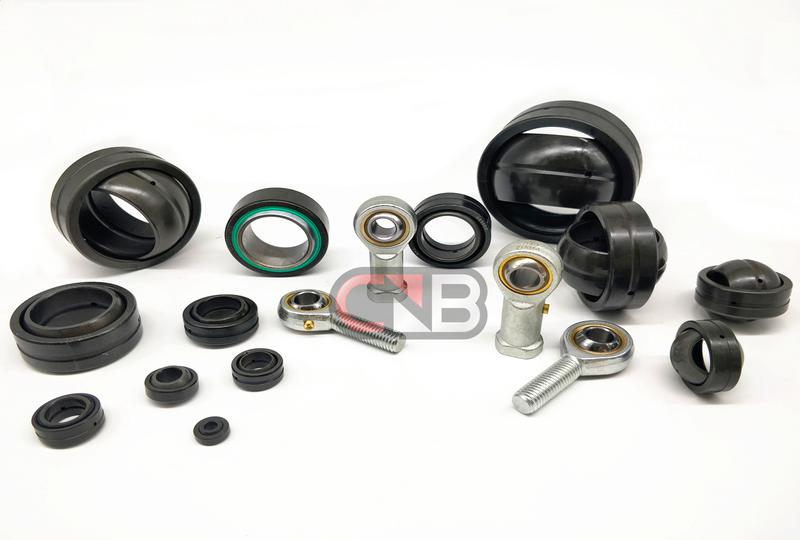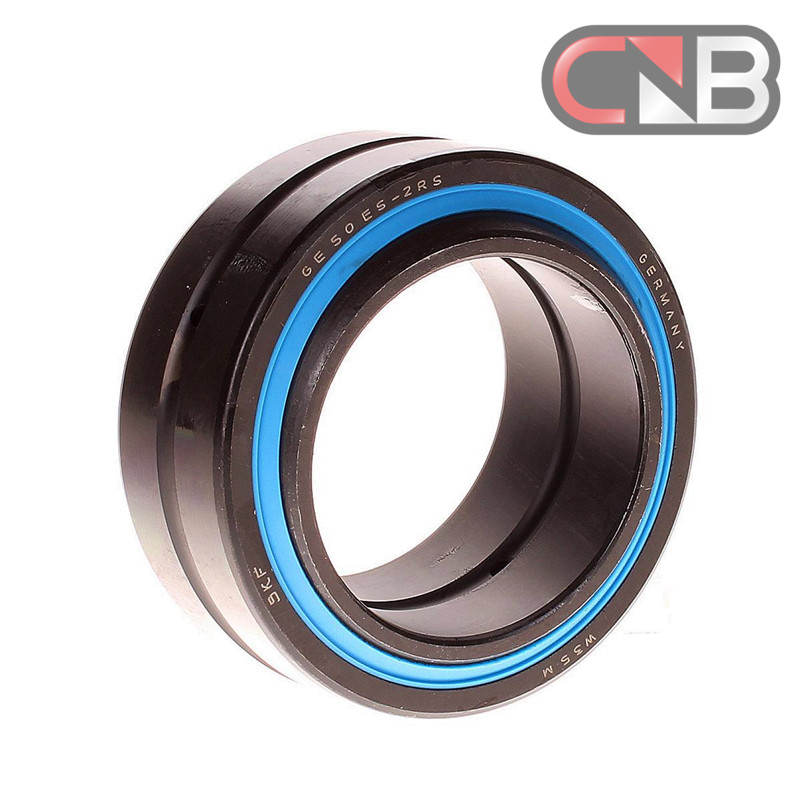Plain Bearings
The joint bearing is a bearing composed of two ring bodies. The inner ring and the outer ring are combined with an outer sphere and an inner sphere. According to their different structures, joint bearings can bear many types of loads, including radial loads, axial loads, and combined radial and axial loads simultaneously.
Joint bearings are spherical rolling bearings. The spherical sliding contact area of the inner and outer rings and spherical surfaces in the structure is big, and the inclination angle is big. At the same time, the joint bearings are mostly made of surface phosphating, galvanizing, chrome plating, or outer sliding surface lining, inserting, spraying, and other processes.
The advantages of spherical-plain bearings include good load capacity, strong impact resistance, corrosion resistance, wear resistance, etc. At the same time, joint bearings can also be self-aligning, self-lubricating, and tilted within a specific angle range, even if the shaft is supported. The shell hole can still work normally when the degree of misalignment is large.
The main application is those occasions of low-speed swing, low-speed motion, tilting motion, and rotating motion, which is mainly used in engineering hydraulic cylinders, forging machine tools, engineering machinery, and automation equipment. Wait.
When manufacturing joint bearings, if the outer spherical surface of the inner ring is inlaid with a composite material, the self-lubricating effect can be achieved. This kind of self-lubricating joint bearing is mostly used in the fields of water conservancy and professional machinery. There are many different types of joint bearings, such as rod end joint bearings, radial joint bearings, self-lubricating joint bearings, etc.
Joint bearings are spherical rolling bearings. The spherical sliding contact area of the inner and outer rings and spherical surfaces in the structure is big, and the inclination angle is big. At the same time, the joint bearings are mostly made of surface phosphating, galvanizing, chrome plating, or outer sliding surface lining, inserting, spraying, and other processes.
The advantages of spherical-plain bearings include good load capacity, strong impact resistance, corrosion resistance, wear resistance, etc. At the same time, joint bearings can also be self-aligning, self-lubricating, and tilted within a specific angle range, even if the shaft is supported. The shell hole can still work normally when the degree of misalignment is large.
The main application is those occasions of low-speed swing, low-speed motion, tilting motion, and rotating motion, which is mainly used in engineering hydraulic cylinders, forging machine tools, engineering machinery, and automation equipment. Wait.
When manufacturing joint bearings, if the outer spherical surface of the inner ring is inlaid with a composite material, the self-lubricating effect can be achieved. This kind of self-lubricating joint bearing is mostly used in the fields of water conservancy and professional machinery. There are many different types of joint bearings, such as rod end joint bearings, radial joint bearings, self-lubricating joint bearings, etc.



